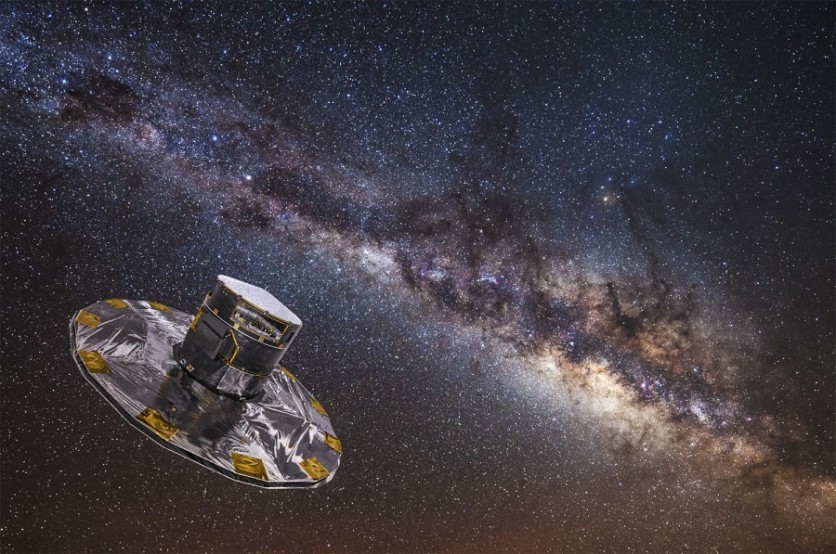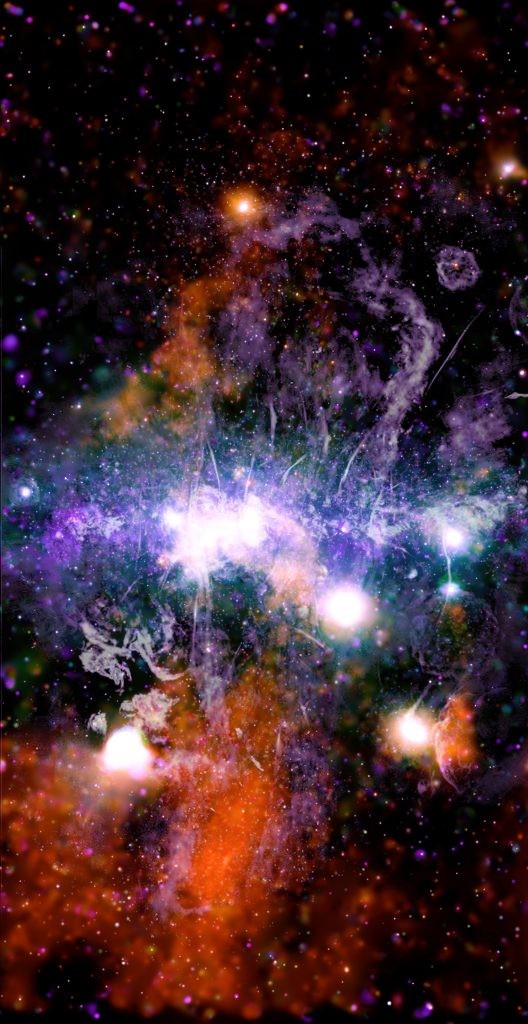Gaia's vast amount of data is set to resolve some of the biggest mysteries about our Milky Way galaxy.

Understanding the Galaxy
Collected and compiled by the European Space Agency's Gaia mission, the data contains more than one billion of the brightest and most peculiar objects in the galaxy. Astronomers are expecting that the data will answer the major questions regarding the origins of the Milky Way and the stars it holds.
The compilation will be released on June 13.
Ever since its launch in 2013, the Gaia mission has been charting the distances, velocities, and positions of almost 2 billion stars in the galaxy.
However, the new data set will have an exciting twist as it will disclose the chemical compositions of tens of millions of stars, which could greatly help astronomers in their pursuit of understanding the galaxy.
The following are the most intriguing mysteries of the Milky Way that astronomers are looking to resolve once the new data is published.
Where do stars originate?
Gaia is well-known for mapping the Milky Way, but more than that, its measurements of stars in the universe follow the rules of physics. Hence, with the new data, astronomers can use the trajectories of these stars and trace the origins of the Milky Way millions or possibly billions of years ago.

Although previous data sets have already been used by experts, as noted by Space.com, the new set could enable astronomers to look at the Galaxy further at its earliest phases.
The Gaia mission's team will also publish the "astrophysical parameters" for half a billion stars for the first time. The parameters were drawn from the light spectra of the stars thanks to Gaia's measurements. This means that the public will be able to access information about the measured stars' composition, age, mass, temperature, and brightness.
What happened in the Milky Way's 'distant past'?
The mission's measures will let astronomers perform a so-called "galactic archaeology", a reconstruction of the trajectories of multiple stars that can unearth the Galaxy's distant past.
One of Gaia's popular discoveries came out from their earlier data, which detailed the clash of small galaxies called Gaia Enceladus that happened 8 billion to 11 billion years ago when the Milky Way was smaller than it is today. With the new data, earlier collisions can be traced further by astronomers.
Read also: NASA's Hubble Space Telescope Snaps Haunting Dance of Two Galaxies Linked by Stream of a Dead Galaxy
How does the galaxy "hang" together?
Experts say that we are located inside the Galaxy, which means that we cannot "see the forest for trees." Gaia is not capable of looking through the thick dust and gas clouds enveloping our Galaxy's center.
But since Gaia has made significant improvements with its data thanks to radio astronomy and other advanced technologies, we could finally view the grander picture of the Milky way and solve all of its mysteries, including the presence of dark matter.
Most importantly, astronomers could learn more about the spiral structure of the Milky Way and resolve the existing debate about the size and prominence of the Galaxy's spiral arms.
Is there something wrong with the Milky Way disk?
Gaia's previous data showed that the disk in the Milky Way is flat, warped, and wobbling like a spinning top. Experts theorize that a nearby galactic crash causes its wobbliness.
The upcoming data will hold information about more than 30 million stars, and it could deepen existing knowledge on the origins and disturbances of the Milky Way's disk.
Related Article : Astronomers Find Hoard of Hidden Black Holes Coming from Dwarf Galaxies!
This article is owned by Tech Times
Written by Joaquin Victor Tacla
ⓒ 2025 TECHTIMES.com All rights reserved. Do not reproduce without permission.




